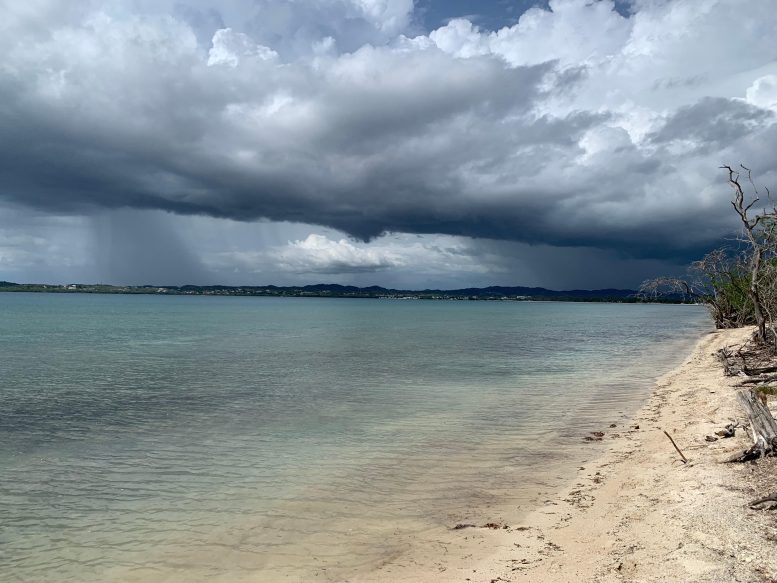
View across Boquerón Bay, Cabo Rojo, Puerto Rico, with the Ortiz site in the distance. Credit: William J. Pestle, CC-BY 4.0
The persistence of burial practices throughout the centuries challenges simplistic assumptions about ancient culture.
A study published on April 26, 2023 in the journal PLOS ONE suggests that the first residents of Puerto Rico may have utilized common burial grounds and funeral rituals over a span of several centuries. The research was conducted by William J. Pestle of the University of Miami, Florida and his colleagues.
The inhabitants of Puerto Rico existed for thousands of years before the Ceramic Age, however, due to a scarcity of evidence and research, there is limited knowledge about these early residents. Only 20 ancient individuals have been documented from this period. In their study, Pestle and his team describe five adult individuals from burials at the Ortiz site in Cabo Rojo, southwestern Puerto Rico, representing a significant contribution to the available archaeological information about this time period.
Radiocarbon dating of the remains yielded ages as old as 1800BC and as young as 800BC, thus including the oldest directly dated human remains from Puerto Rico and representing as much as 1,000 years of burials at the Ortiz site. The mortuary practices, including the positioning of the bodies and the associated grave goods, are similar to other early sites, indicating standard burial practices over many centuries. In addition, Strontium isotope analysis also indicates that these buried individuals were born in different nearby geographical locales. Thus, the Ortiz site might have held cultural significance as a common mortuary space for various local communities.
The authors caution that it is difficult to draw broad conclusions from limited evidence, but these results hint at a long history of persistent and formalized use of a common site over centuries. The earliest inhabitants of Puerto Rico have been traditionally interpreted in a simplistic fashion, but the results from this study and hopefully future studies shed light on what was likely a more vibrant and varied cultural landscape than previously appreciated.
The authors add: “This study assiduously documents the oldest dated burials from the island of Puerto Rico and provides detailed scientific and cultural insights into the lives of some of the earliest people to inhabit that island. We hope that this work contributes to the ongoing re-framing of our understanding of the deep past of Puerto Rico and the Caribbean.”
Reference: “Reconsidering the lives of the earliest Puerto Ricans: Mortuary Archaeology and bioarchaeology of the Ortiz site” by William J. Pestle, Elizabeth M. Perez and Daniel Koski-Karell, 26 April 2023, PLOS ONE.
DOI: 10.1371/journal.pone.0284291
The National Institute of Archaeology and the Anthropological Research Council both provided funding to WJP. The principal of the National Institute of Archaeology (DKK) was involved in the data collection (excavation) of the materials presented in this research.

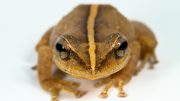
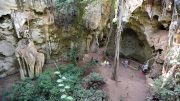
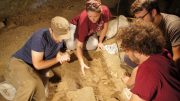

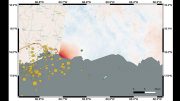
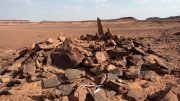
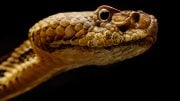
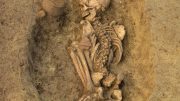
Fantastic. Yes. It is time for intellectual people to take a deep look in the real history of Puerto Rico.